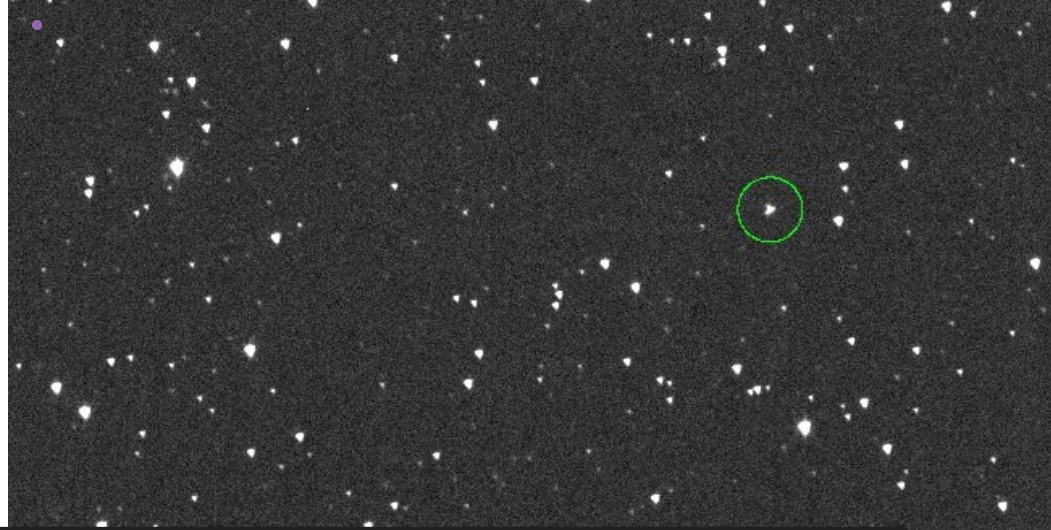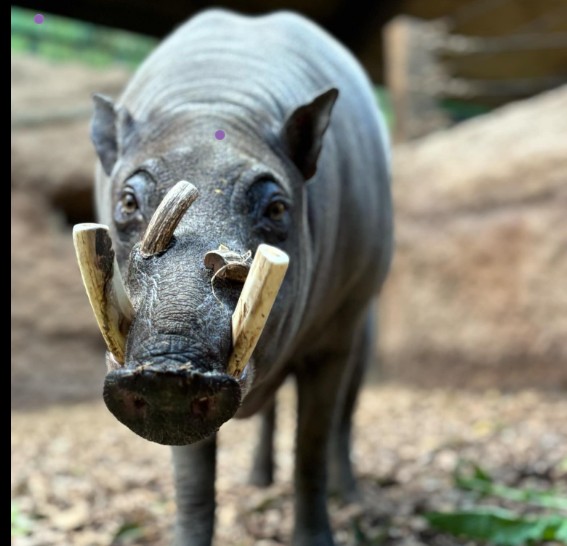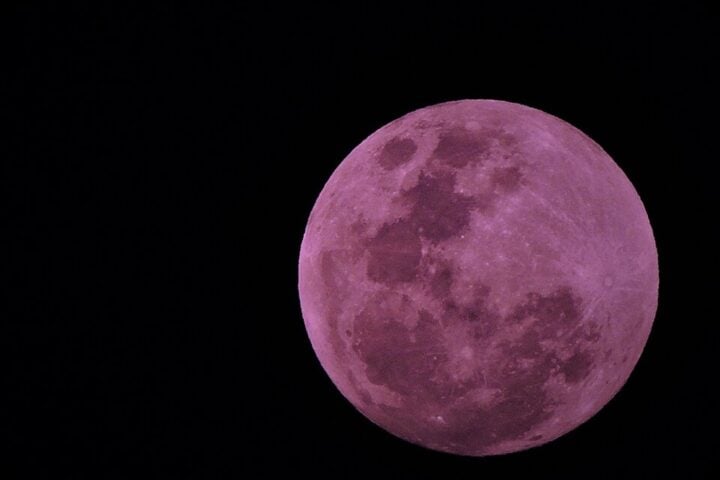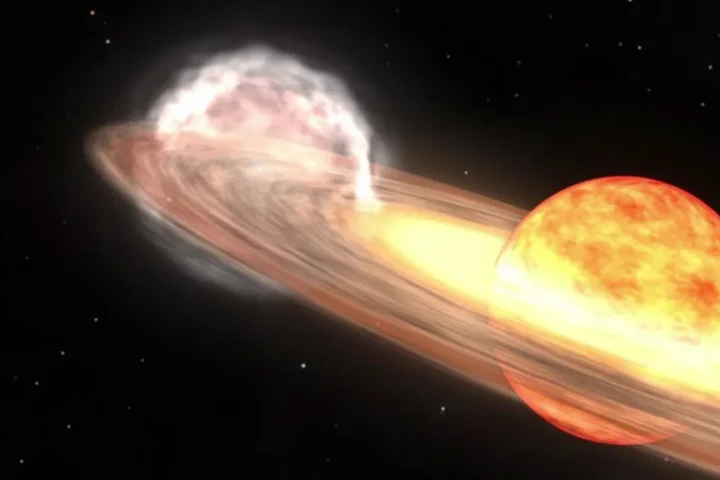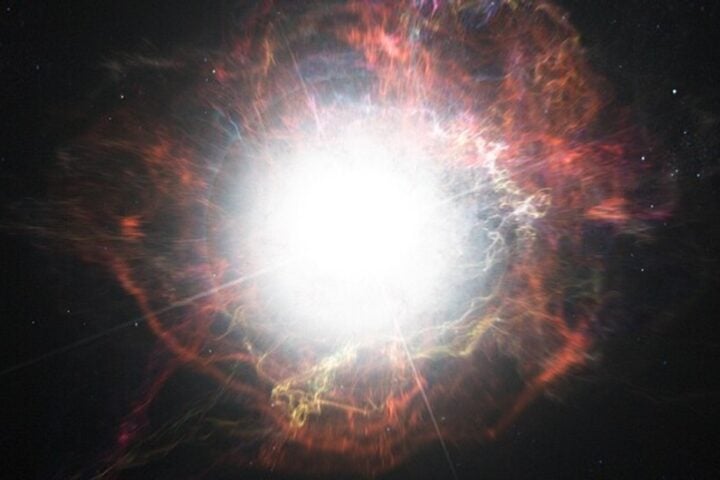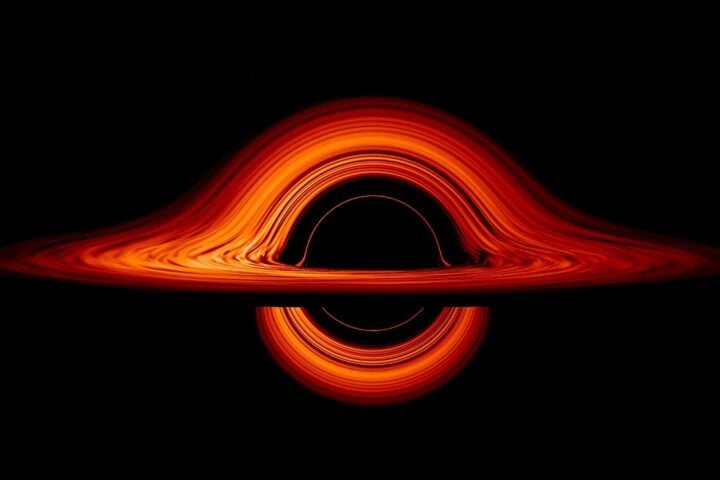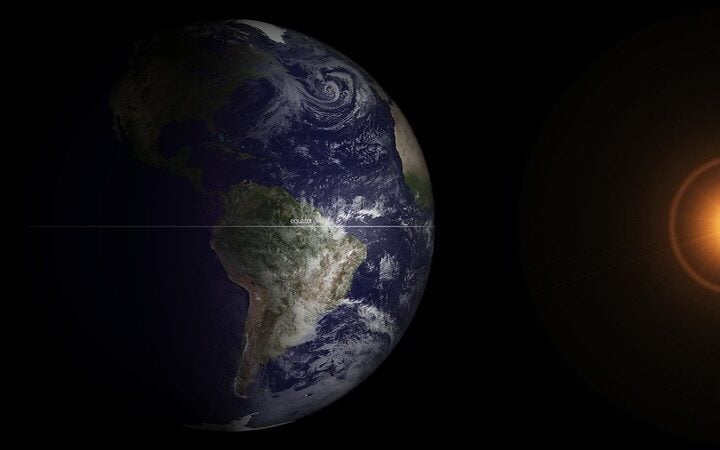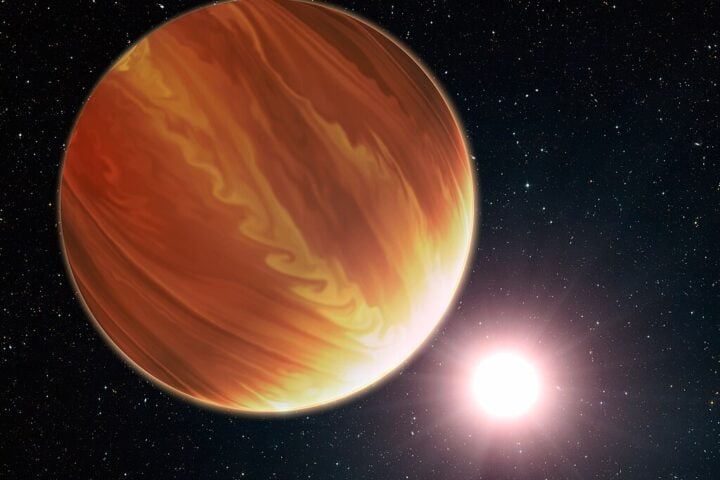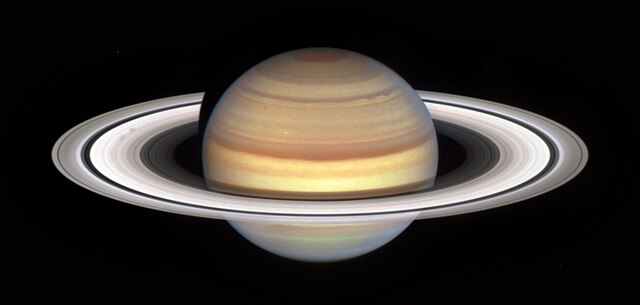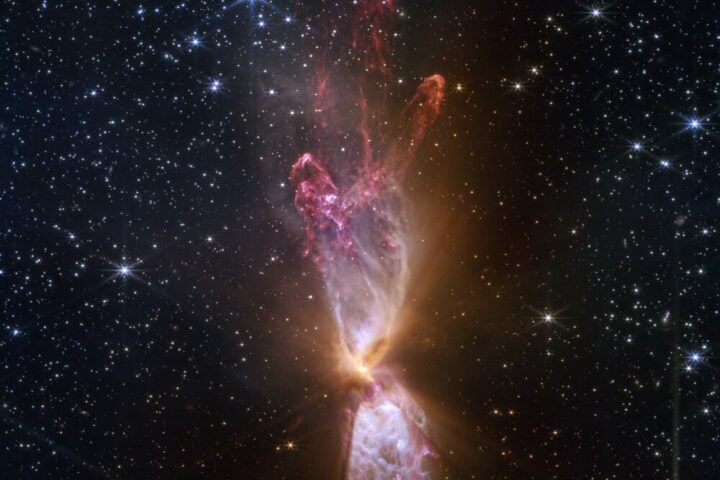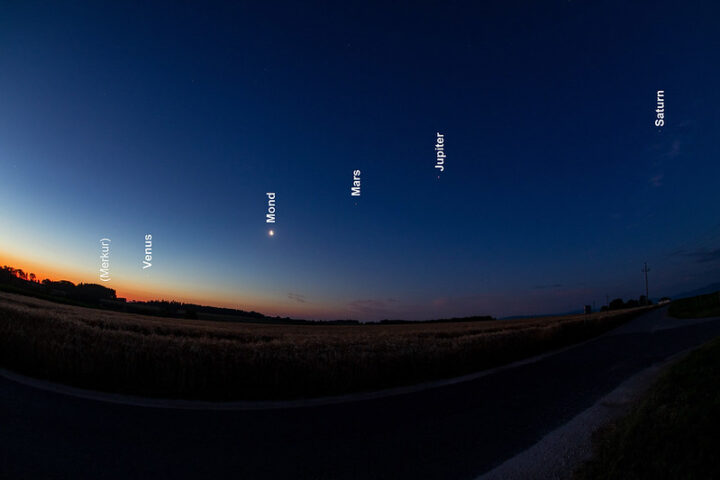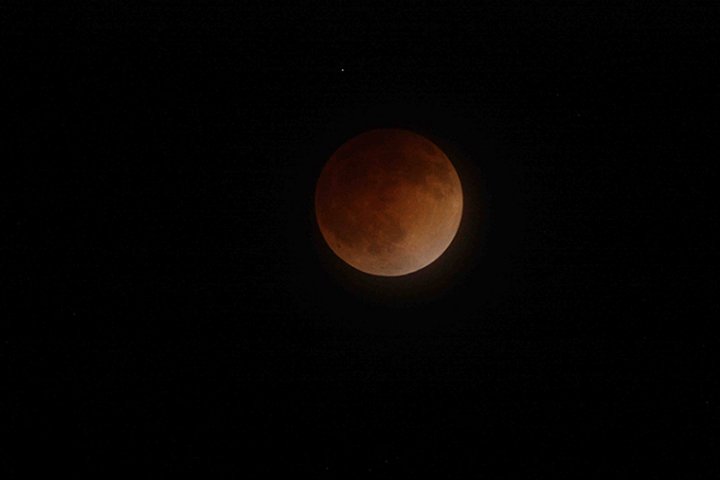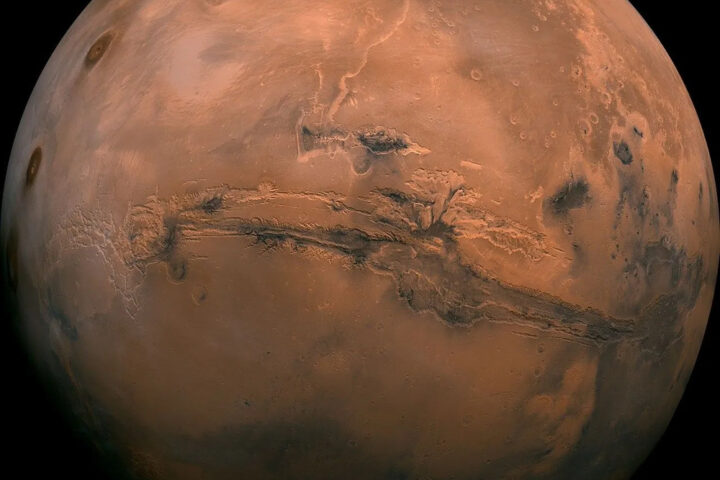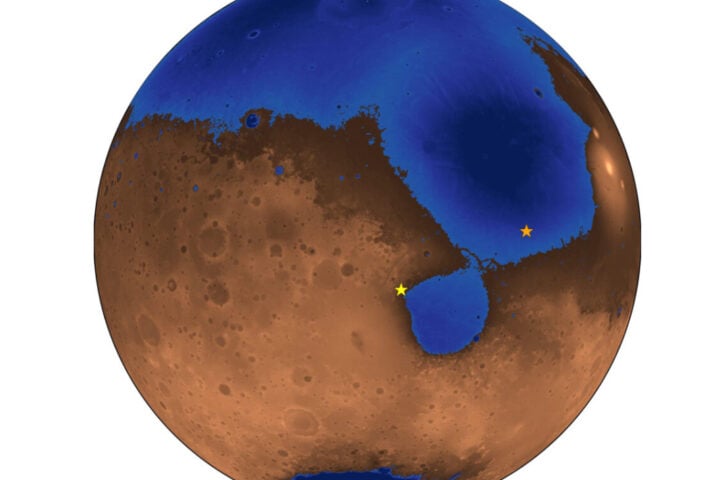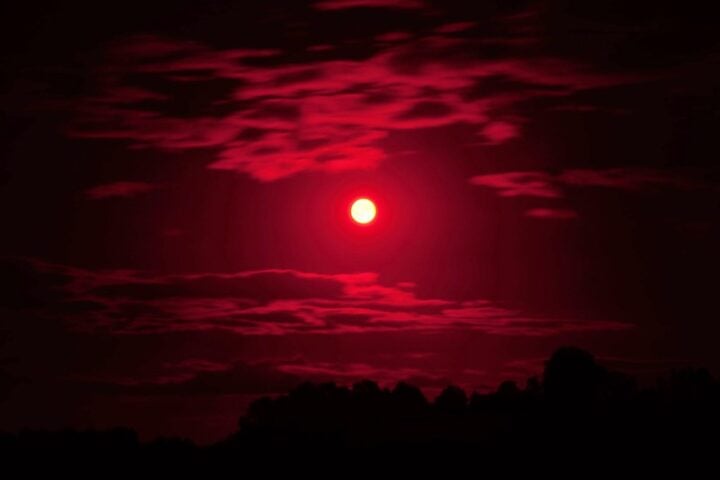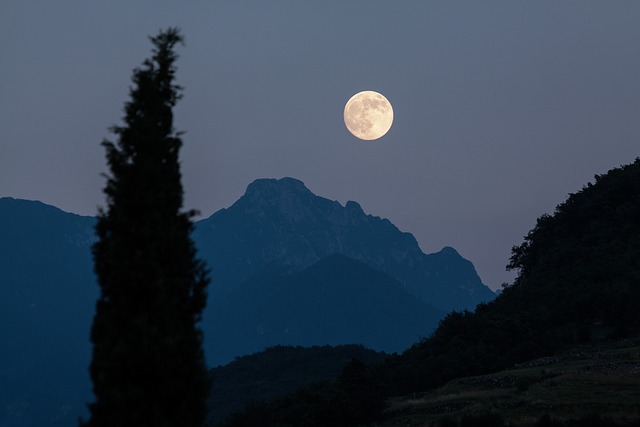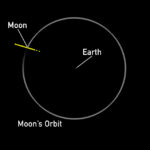A basketball court-sized asteroid that briefly ranked as the most dangerous near-Earth object on record now appears far less likely to hit our planet in 2032, scientists report.
Asteroid 2024 YR4, discovered last December by Chile’s El Sauce Observatory, created a stir when its calculated impact probability reached 3.1% – meaning a 1 in 32 chance of striking Earth on December 22, 2032. This marked the first time any asteroid reached Level 3 on the 10-point Torino scale used to communicate asteroid threats to the public.
“It’s a bit like being between a rock and a hard place because we want to report what we know to maintain public trust, but we also don’t want to raise unnecessary anxiety,” explained Richard Binzel, the MIT professor who created the Torino scale nearly three decades ago.
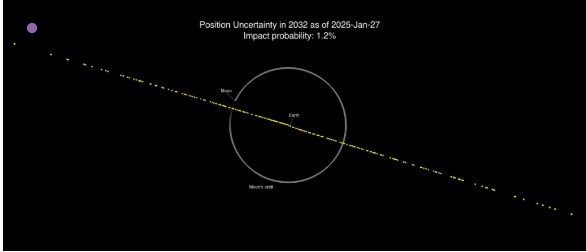
The asteroid’s estimated impact risk has since dropped dramatically. NASA now calculates just a 0.28% chance of collision – about 1 in 360 – while the European Space Agency puts it even lower at 0.16% or 1 in 625.
NASA scientist Dr. Davide Farnocchia expects these numbers to continue falling: “Since the asteroid’s discovery, there has been a small possibility of impact with Earth in December 2032. It is likely that as the uncertainty keeps shrinking, the Earth will eventually move outside of that region, and then the impact probability will drop to zero.”
Similar Posts
At 130-300 feet wide, 2024 YR4 could release about 10 megatons of energy if it hit Earth – roughly 15 times more powerful than the Chelyabinsk meteor that injured 1,500 people in Russia in 2013. An impact in a populated area could potentially destroy an entire city.
Scientists face challenges in precisely calculating the asteroid’s path. Its surface reflectivity remains uncertain, which affects how sunlight pressure might alter its trajectory. The asteroid’s exact shape also remains unknown, further complicating predictions.
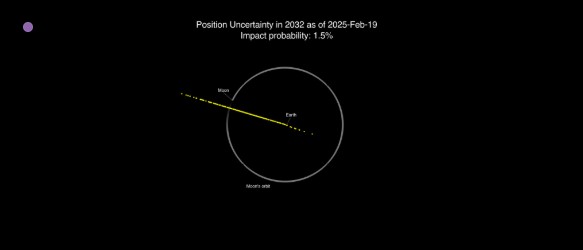
“If you think of it like a baseball game, the amount of information we have to track this asteroid is like trying to figure out where a fly ball will land at the crack of the bat,” Binzel said.
The International Asteroid Warning Network issued a formal alert in January and has coordinated observations worldwide. “You have to understand that you’re doing science to save the world,” said Vishnu Reddy, a University of Arizona planetary scientist who manages the network.

After April 2025, the asteroid will become too distant and faint for Earth-based telescopes until 2028, pausing further observations. The seven-year window before potential impact leaves little time to mount a deflection mission if needed.
For now, astronomers continue refining their calculations, with most experts confident the asteroid will ultimately be proven to pose no threat to Earth.
